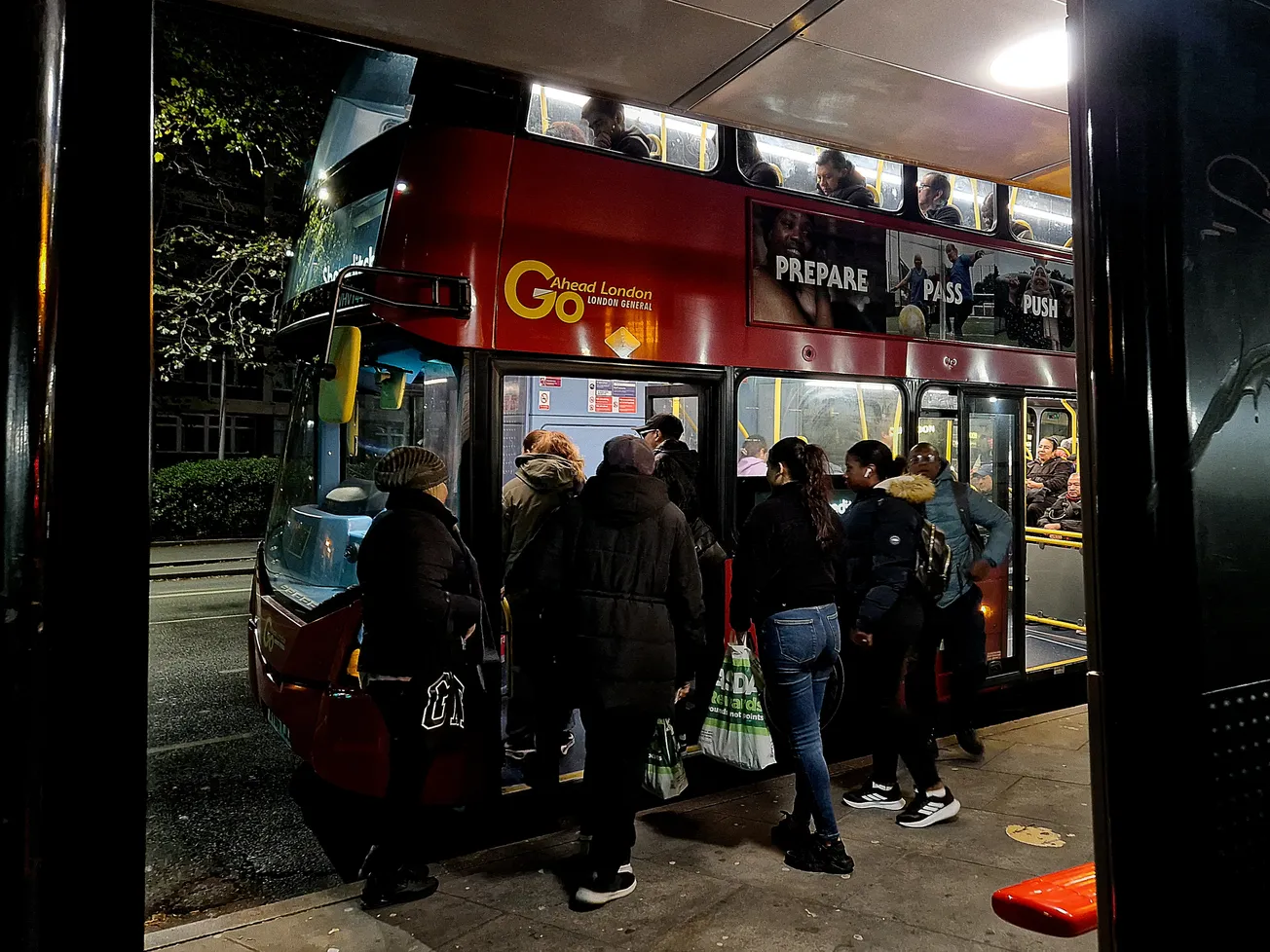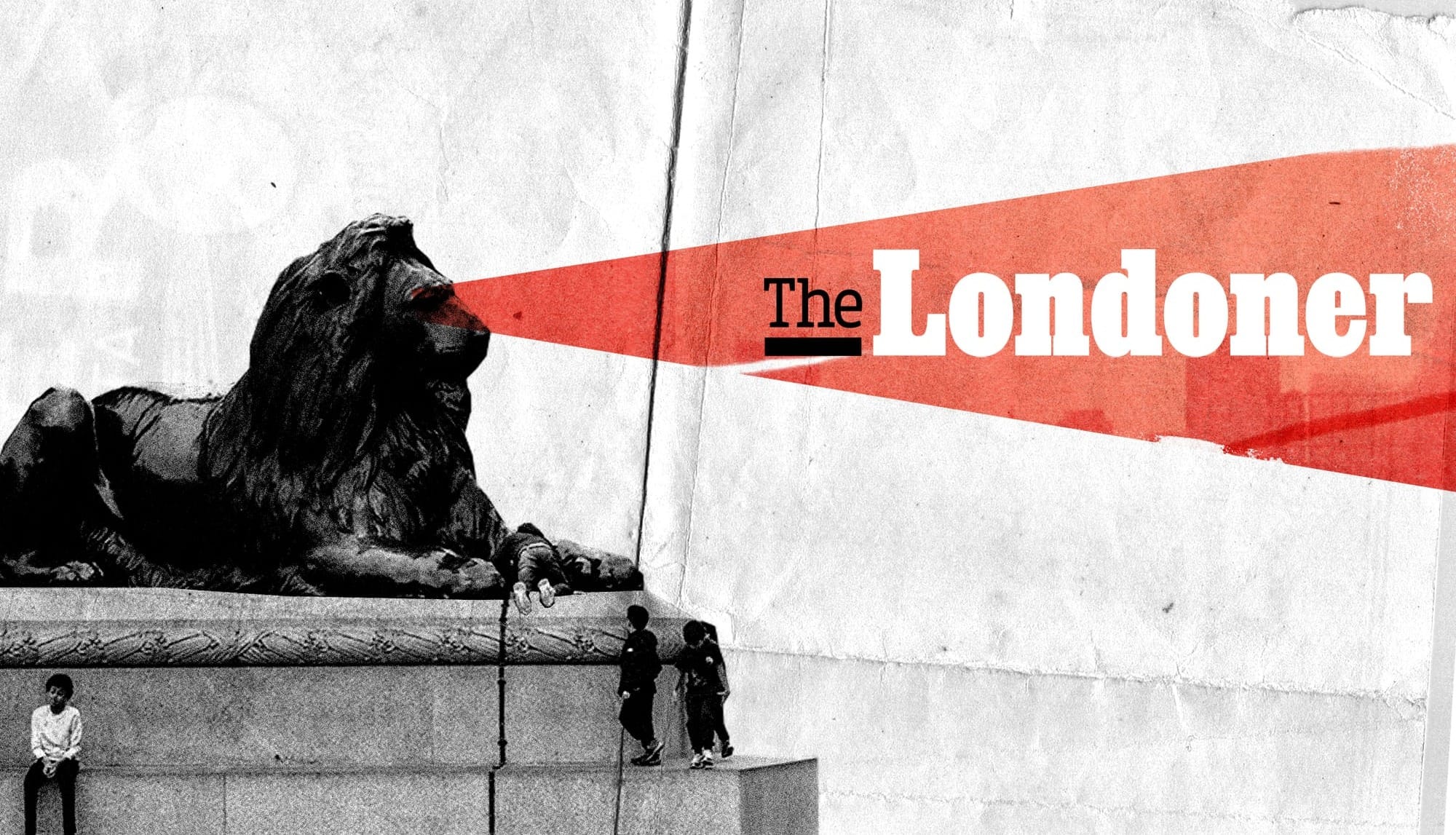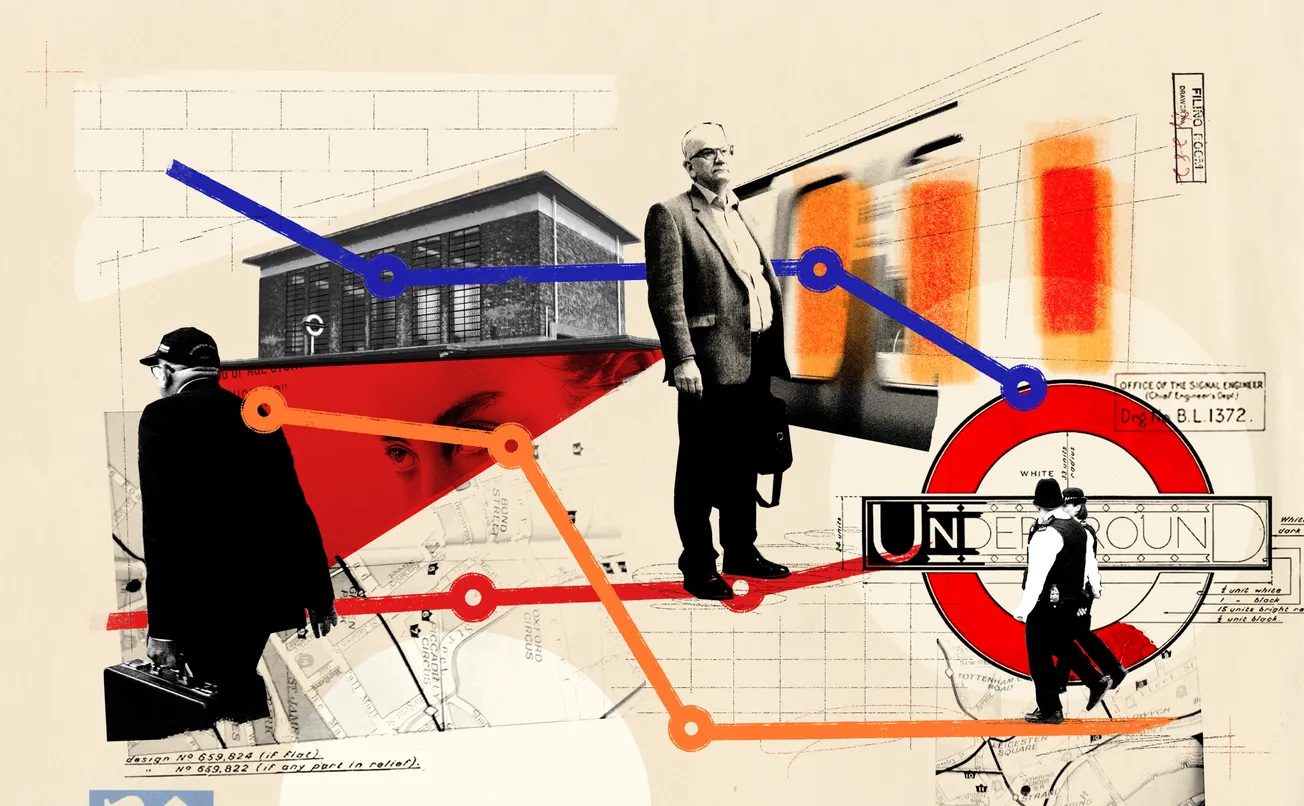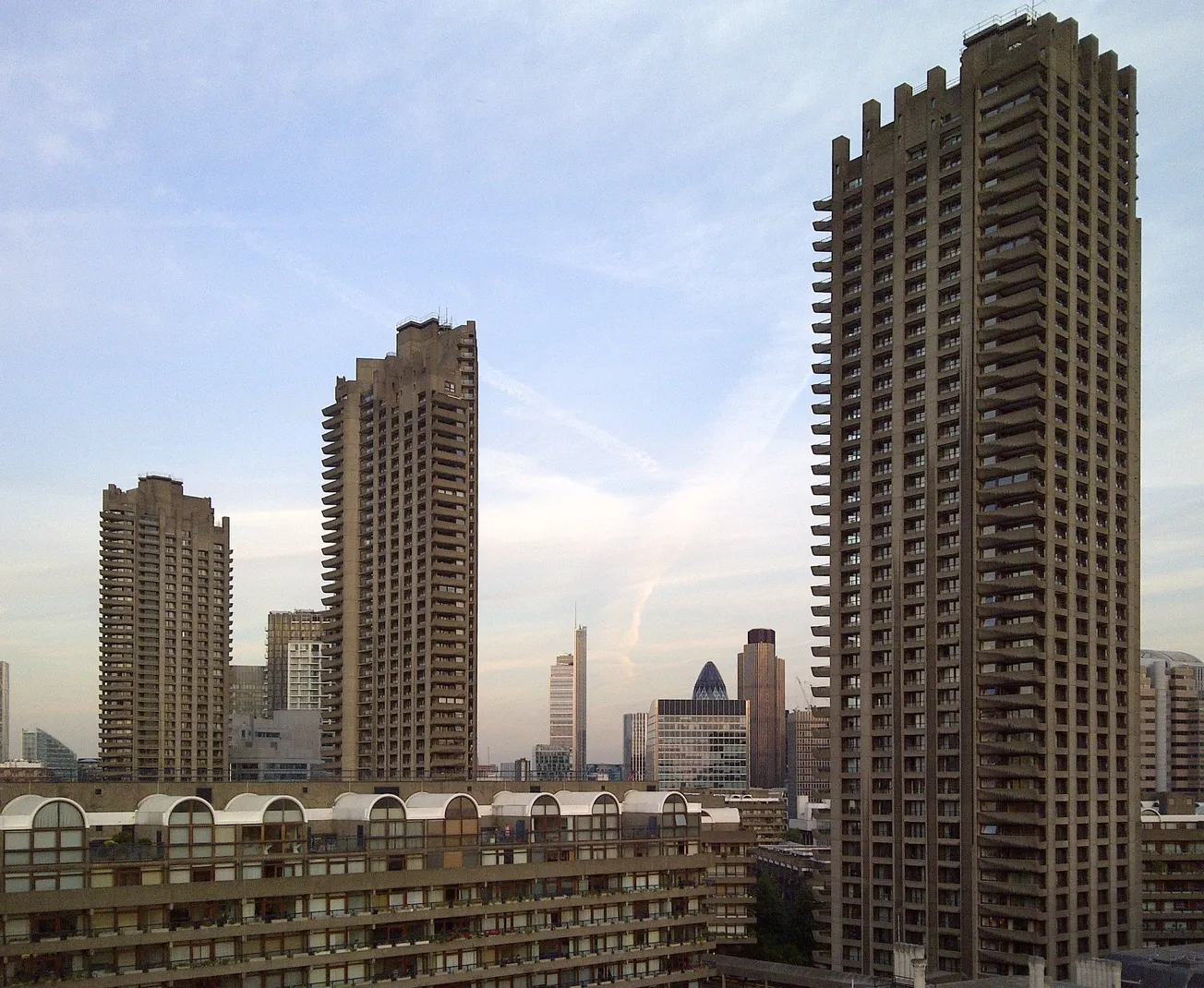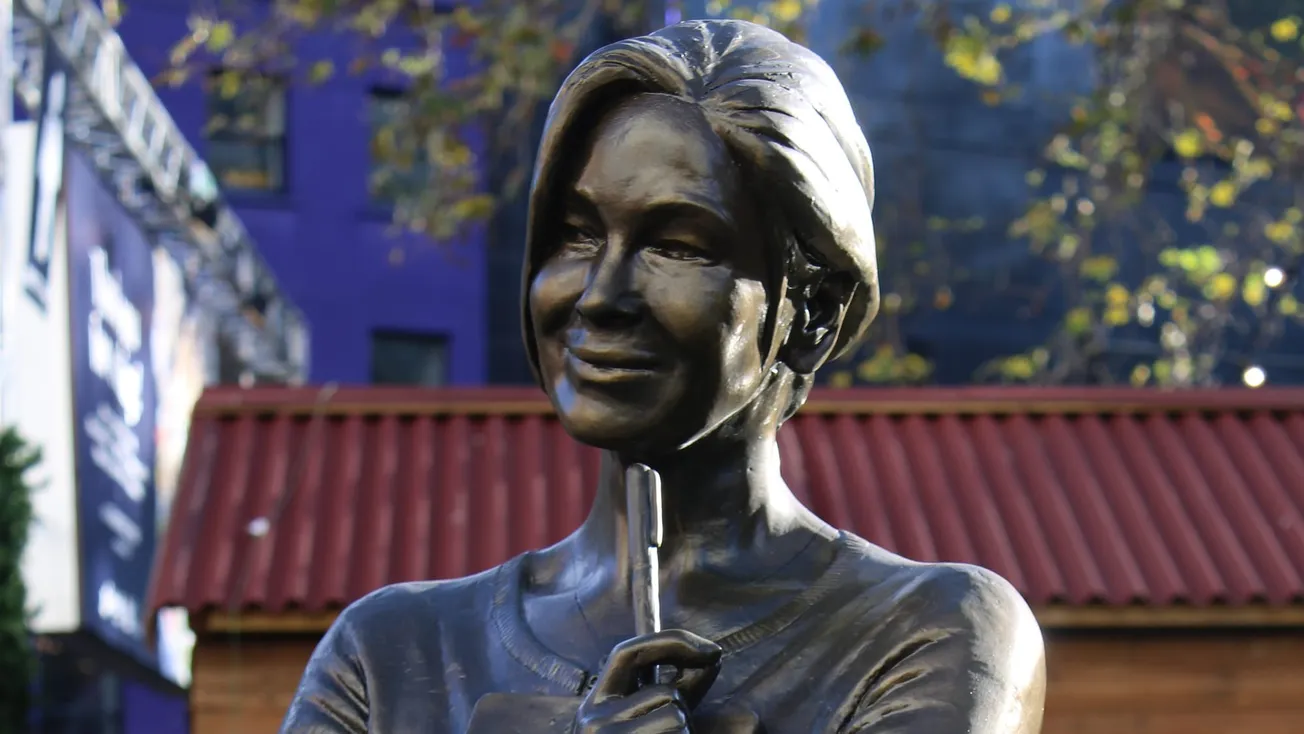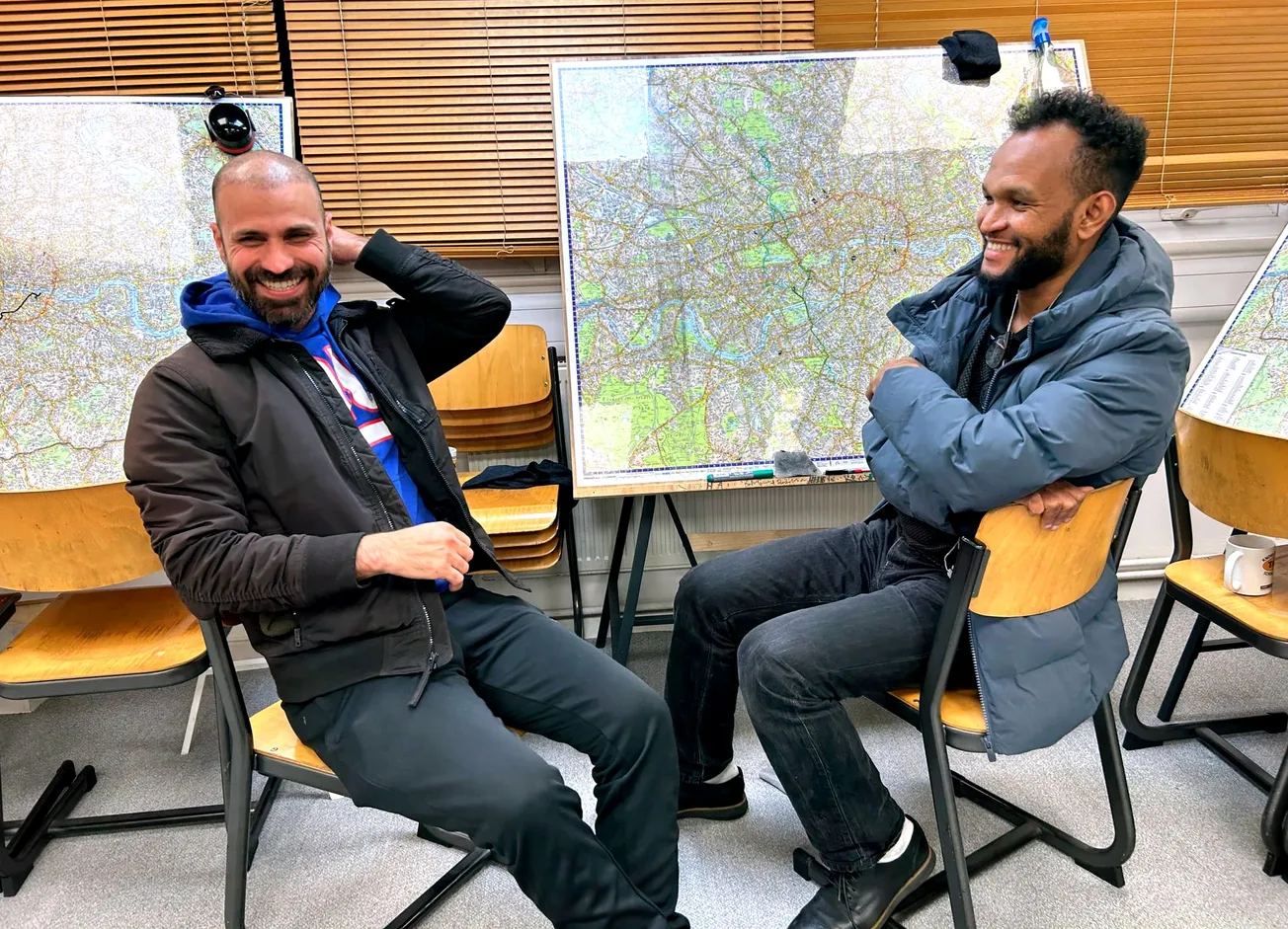Hello and welcome to The Londoner, a brand-new magazine all about the capital. Sign up to our mailing list to get two completely free editions every week: a Monday briefing, full of everything you need to know about that’s going on in the city; and a high-quality, in-depth weekend long-read.
No ads, no gimmicks: just click the button below and get our unique brand of local journalism straight to your inbox.
Happy Saturday to our lovely readers. Having a good weekend so far? Here's one way you could make ours even better: by becoming a paying supporter of The Londoner. Researching and reporting stories like the one you're about to dive into takes a large amount of time and resources, and we aren't backed by billionaires or private equity firms (as much as that might make things easier, we're fiercely devoted to our independence and integrity). That means it's only through reader subscriptions, from people exactly like you, that we can continue to exist.
That's why we set ourselves the rather ambitious target of reaching 1,000 subscribers by the end of October, our one year anniversary. After a tidal wave of support from you all since we set the lofty goal last week, we're now just a few dozen members away, but we need your help to get over the line. If you think London deserves quality coverage — if you think you deserve quality coverage — consider backing us for just £4.95 a month for the first three months. Becoming a supporter gives you access to all of the members-only content in our archive, as well as putting you at the vanguard of a media revolution. Let's do this together.
Isaac* is almost home — well, the place he's staying. At three in the morning, the 65-year-old, his lined face and grey goatee paired with a beanie and tracksuit bottoms, is on his way back to Brixton after his shift cleaning offices in Baker Street. The quickest journey is three buses: a change at Victoria and another at Oval, where we meet.
He came to the UK a year ago from Ghana for his younger brother's funeral, and has been living with the brother’s daughter, who is a nurse. His other brother set him up with the cleaning job, and the company didn't ask questions. “I was just sitting in the house, being idle,” he says. “I'm a grown man, I want to work.”
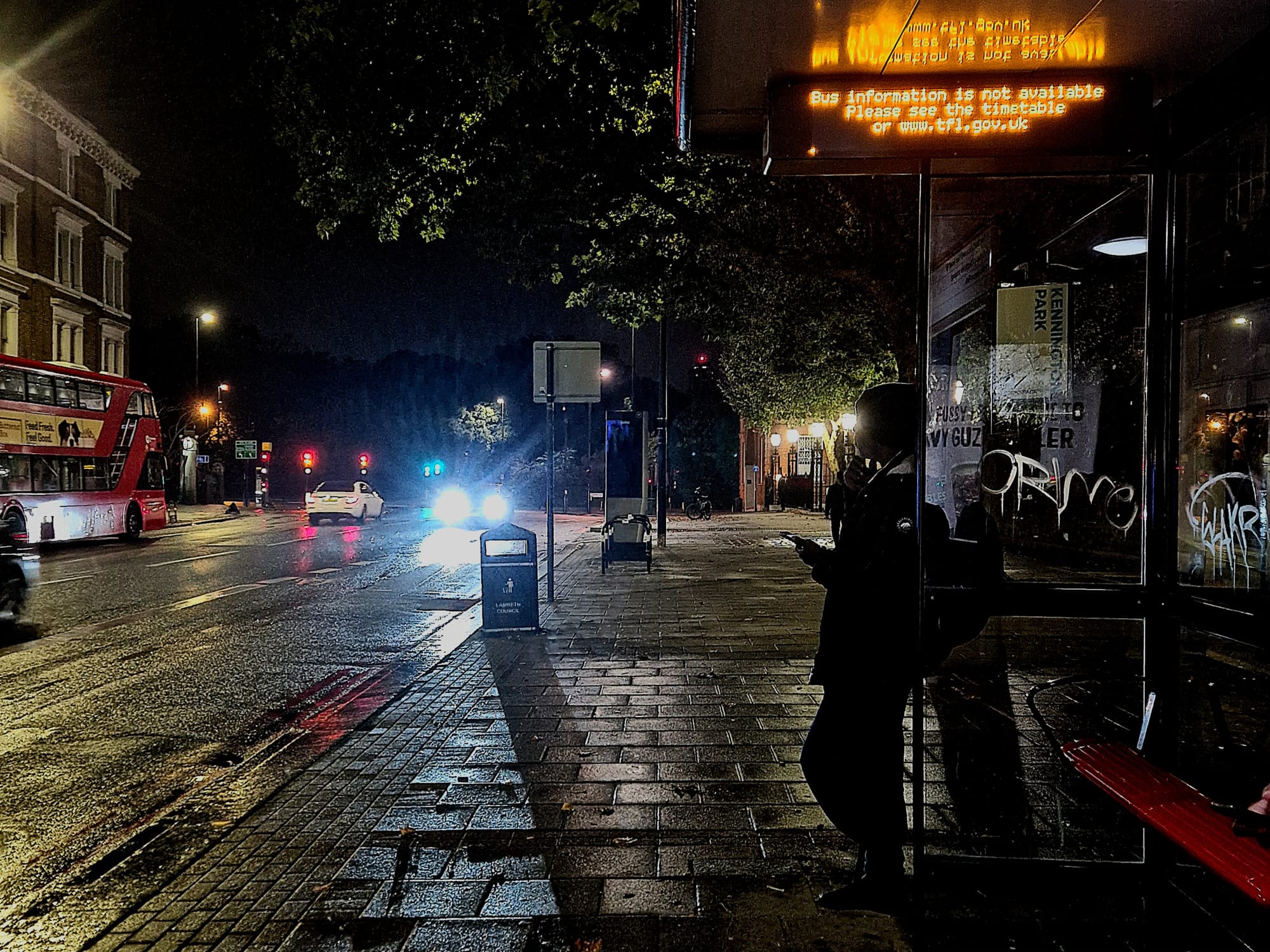
But his brother has been buried now, respects have been paid, and Isaac is preparing to return to Ghana, where he works as a welder. He'd like to stay here, close to his family, but he knows his time is limited. “I'm an old man, they won't let me stay,” he says. “I have to go back.”
When we part ways in Brixton, it’s still more than two hours until the tube opens, and the high street is a long way from its usual barrage of noise. Even the McDonald’s is near-empty. But a trickle of people shuffle between bus stops, headphones on, hoods turned up against the early-morning chill.
They’re the people I’m here to speak to. The last comprehensive study on who uses the buses at this time was by TfL in 2014, so it’s a bit out of date. So for this piece, I’ve spent hours analysing TfL data on the bus journeys taken between 3am and 4.45am on a weekday. During just those two hours, there will be 38,335 bus journeys taken. And while your immediate thought might be of drunken young people stumbling home, research shows that at least half of these passengers are commuters.
But who are they, these early risers and night owls, whose work drags them out and onto public transport long before dawn? I’m here, bleary-eyed, surfing London’s night buses around south London and into the centre to find out.
The N2 to Victoria
Parveen, a young woman in a fluffy hoodie, and her floppy-haired, unsmiling companion Zoltan disembark the N109 at Lambeth Town Hall, and sit down to wait for their next bus. I'm hopeful that the two of them being together improves the likelihood that she will chat to me, as so far every woman I've approached has refused, I assume looking out for their own safety.
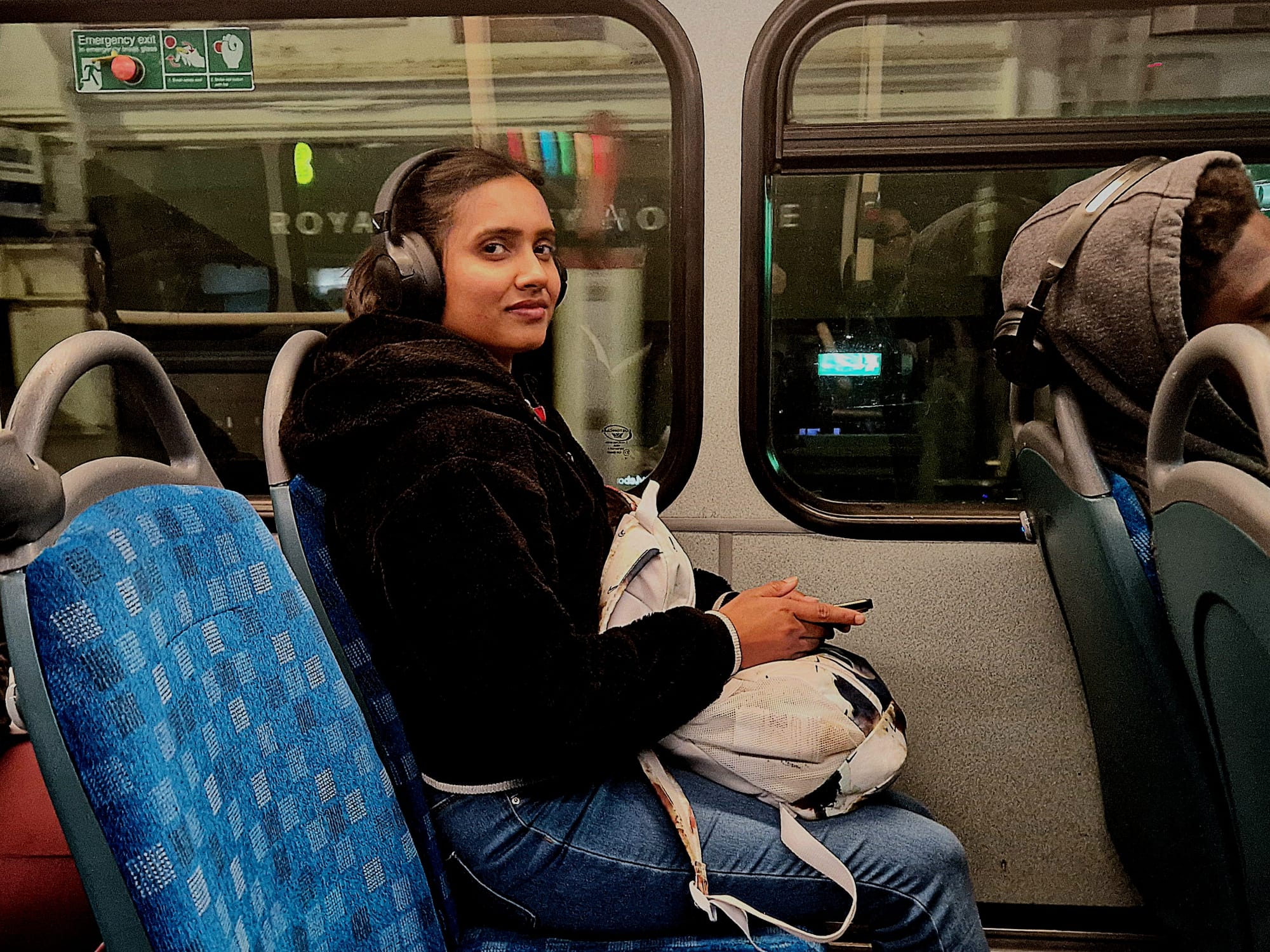
The two know each other from work, they tell me, at Pret a Manger in Victoria. Their shift starts at 4:30am, ready for the 5.30 open and the commuter rush. Parveen’s been there for six months, Zoltan nearly 10 years. I ask if he likes it, and he shrugs: “It has its ups and downs.” He’s from Dresden, Germany, so I ask his opinion on the UK. He shrugs again: “It has its ups and downs.”
Before her kitchen manager job at Pret, Parveen worked in the Streatham McDonald’s with her husband. But this new arrangement is much better for their routine: her husband gets home from his shift around 1am, and she leaves a few hours later for hers. Her husband takes their four-year-old son to school, and she does the pick up. They try to arrange to have the same one day off each week, to spend time together.
Parveen and her husband moved to the UK from Gujarat, India when their son was an infant. Back in India, her husband owned his own restaurant, and would work from 6am to midnight every day. “He had so much stress. I never saw him in the house.” He loves their life in Britain, but Parveen’s not so convinced. She gestures at the drizzle coming down outside the bus shelter. “In India we know when to expect our winter. Here it’s four seasons in a day.”
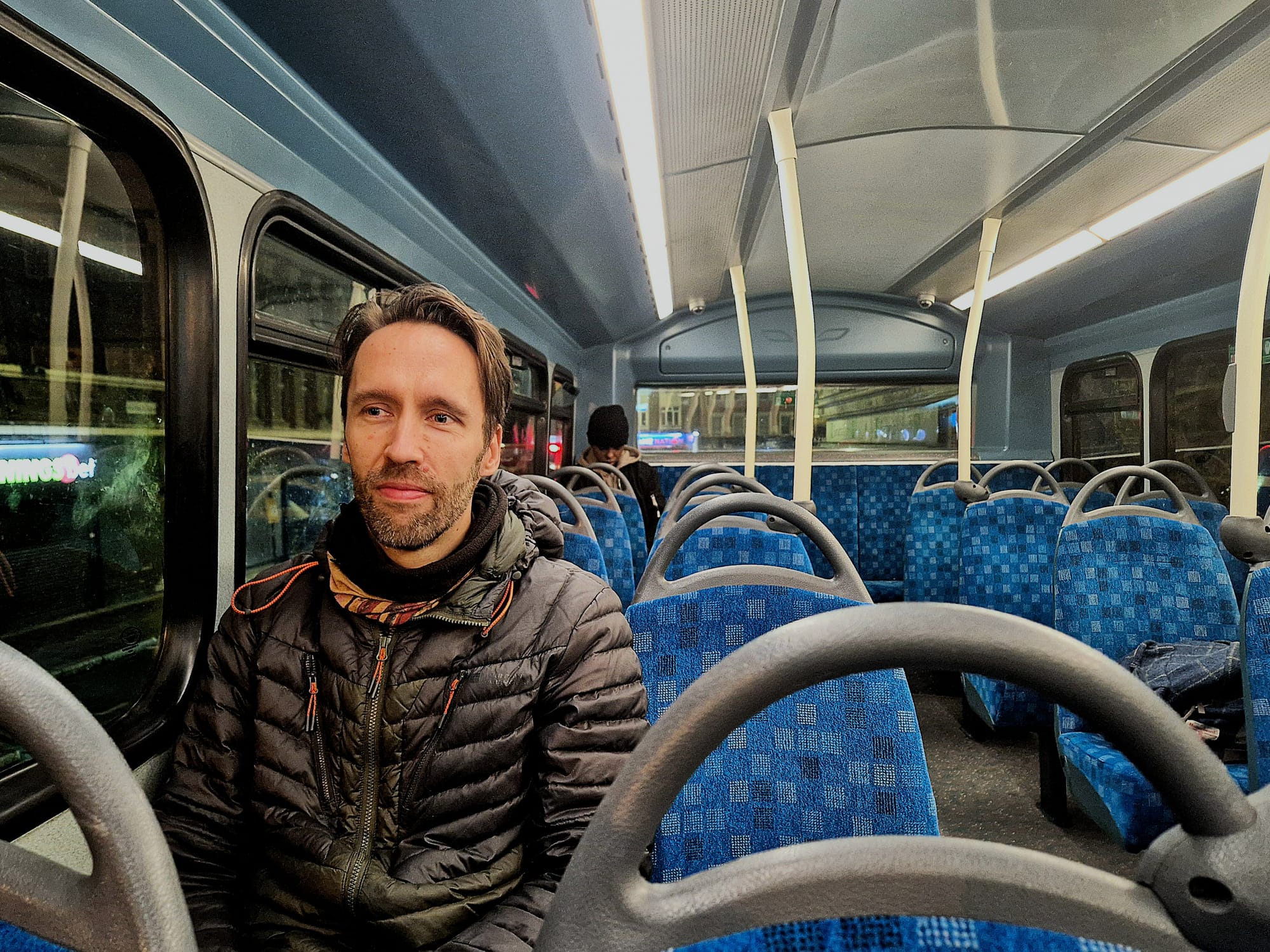
When they board the N2, the two colleagues take seats at opposite ends of the bus, and put their headphones on.
This bus is one of the busiest at this time of the morning — though, while more than 500 buses will stop more than 100,000 times across London between 3am and 5am, only 10% of those stops will see more than one person board.
Analysis of the data shows that Trafalgar Square is one of the biggest hubs for early morning bus passengers, as it’s where almost 50 different bus routes intersect at that hour, taking you to any direction. In those two hours between 3am and 5am on a weekday, more than 650 passengers will board a bus at one of the stops surrounding the square.
But it’s not only central London that’s busy. At Stratford bus station, 281 people board one of the 15 bus routes that passes through at that time of the morning. Lambeth Town Hall, a cluster of five bus stops on Brixton high street, where I met Parveen and Zoltan, is a key intersection for those coming from further south: it sees around 136 people board between 3am and 5am each morning.
At that time of the morning, the N15 is the hardest-working bus route in the city, carrying 756 passengers through east London into the city centre, and 719 passengers back out towards Romford. The N25 too, takes more than 500 passengers out east through Stratford and into Ilford in the early hours. Joining them in the top 10 are routes out west to Heathrow; from the northern suburbs of Enfield, Edmonton Green and Harrow into the city; and south from Clapham Junction to Shoreditch via Brixton.
The N33 to Liverpool Street
Steve* is wearing all black, his hood done up tight around his ears. But when he reaches up to adjust his headphones, I see he's wearing bright blue gloves. He has lived in Greenwich his whole life, and worked for two decades out of school as a mechanic and electrician. But when the work dried up locally, he had to look further afield.
Now he works at a recycling sorting facility near Liverpool Street. The neon yellow of a high-vis vest glares through the Tesco carrier bag at his feet. He's been there for more than 25 years, but he misses the stimulation of his old career. “Electric and diesel fitting, that's a prime job. Then you come to work for a refuse collector…”, he grimaces. “You study all your life and then after school you think, where am I gonna go with it? What's my destiny? So what I tell my grandchildren is—” he breaks off, jumps to his feet. “Oh, that's my bus.”
Steve is far from alone in using the bus to travel across the city for his job. Consistent with daytime, half of passengers on the night bus are commuting to and from work. But while you might assume this means most of the passengers are women — due to the over-representation of women in, say, night-time cleaning work — the truth is more complicated.
While in the day, more than half (57%) of bus users are women, in the night that falls to just 36%. While among younger travellers aged 16–24, the gender split is closer to half and half; among those aged 35–54, almost three-quarters are men.
The N131 to Hither Green
Kay, who I meet on 131 to Hither Green, is one of these men. He’s sitting in the back corner of the bus, arms folded, decked out head-to-toe in fluorescent orange. He’s on his way back home to Bromley from Arnos Grove, where he’s been on a rail track maintenance repairs job for Network Rail. A long commute, considering his shift is usually just a few hours long — squeezed in between 11pm when the trains finish for the night and 3am, when they prepare to start up again.
Sorry to interrupt — we promise we'll be quick. We just wanted to take you on a quick behind-the-scenes of what we do. Most of our pieces, like the one you're now reading, are written using old-fashioned, boots-on-the-ground journalism. We go to places, meet people, rustle up original stories that haven't been covered elsewhere to take you into weird, heartfelt or sordid corners of the capital. But this sort of in-depth journalism doesn't come cheap. That's why a lot of media companies have given up on it, instead churning out clickbait articles that have little connection to London or those who live here. But we believe people are still willing to pay for deep-dive, properly reported work.
Already, almost 960 of you have signed up as paying members to prove us right. But now we have a big target: 1,000 members. We've made it easy too: with our new member discount, a Londoner membership is just £1.25 a week. That's less than a daily coffee.
We aren't funded by billionaire oligarchs or huge companies. And that means we need the people of London and beyond. If you like what we're doing, please consider supporting us.
Kay launches into a detailed explanation of different types of rail track repairs, with a lot of engineering jargon that honestly would’ve gone over my head even if it wasn’t four in the morning. It's physically demanding work, he says, and a lot of his coworkers are criminals. I clarify if he means actual criminals, and he laughs. “Yeah, a lot of criminal history,” he says. “But they're just lads.”
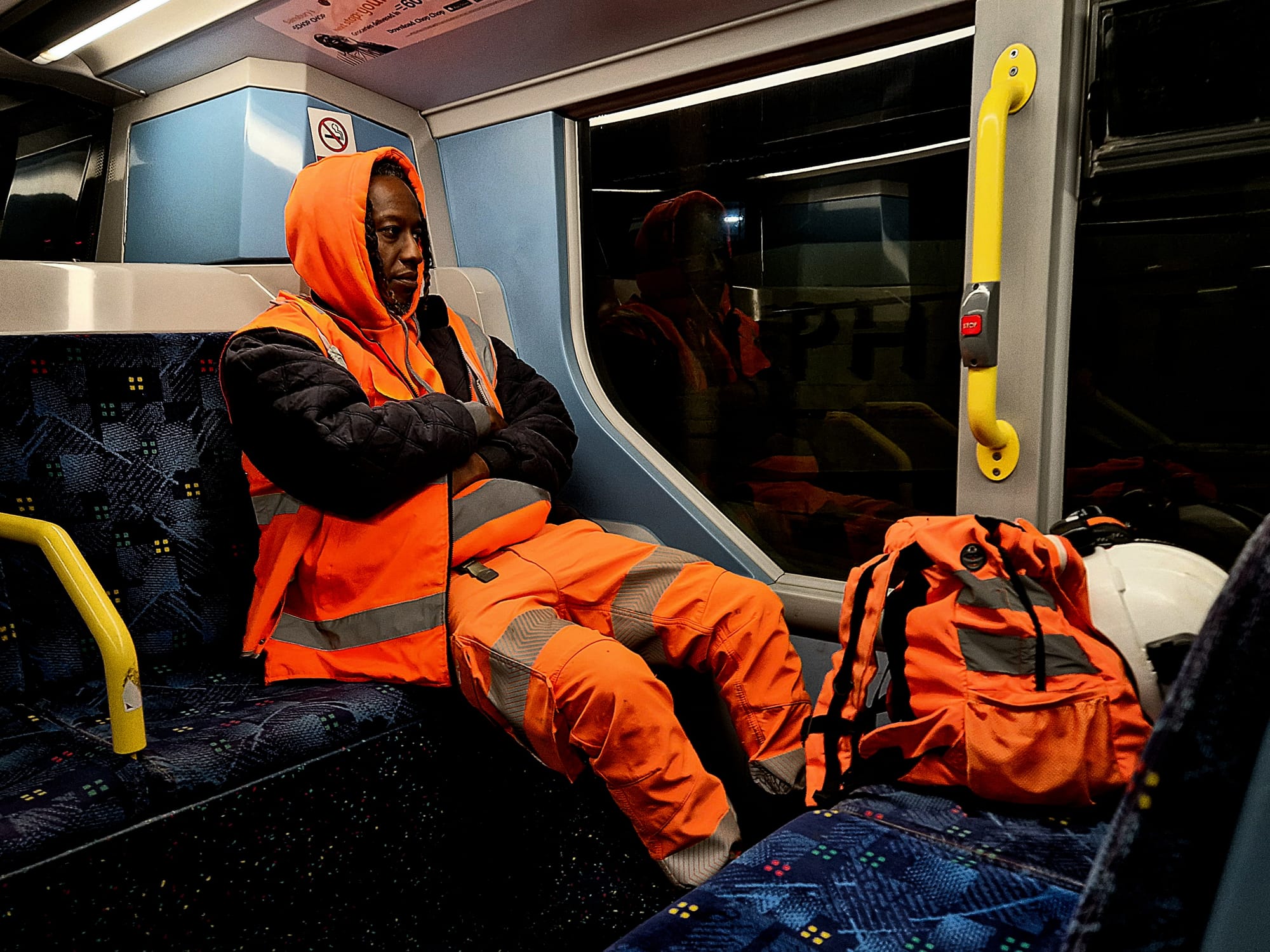
The data from 2014 shows that just 21% of night bus passengers are white, compared to 32% in the day. The starkest difference is among those categorised as “white other”, such as Western and Eastern European, that goes from 21% in the day, to 34% at night.
The data doesn’t distinguish whether people were born in this country, though we know that, UK-wide, foreign-born workers are over-represented in the nighttime economy. Anecdotally, of the dozen or so people I spoke to, just one had a UK accent.
The 36 to West Kilburn
Ahmed, young and good looking, is smiling brightly despite the fact that he’s just finished a ten hour shift bartending at a hotel in Vauxhall. He’s exhausted, he tells me, and the customers were, as always, outrageously drunk.
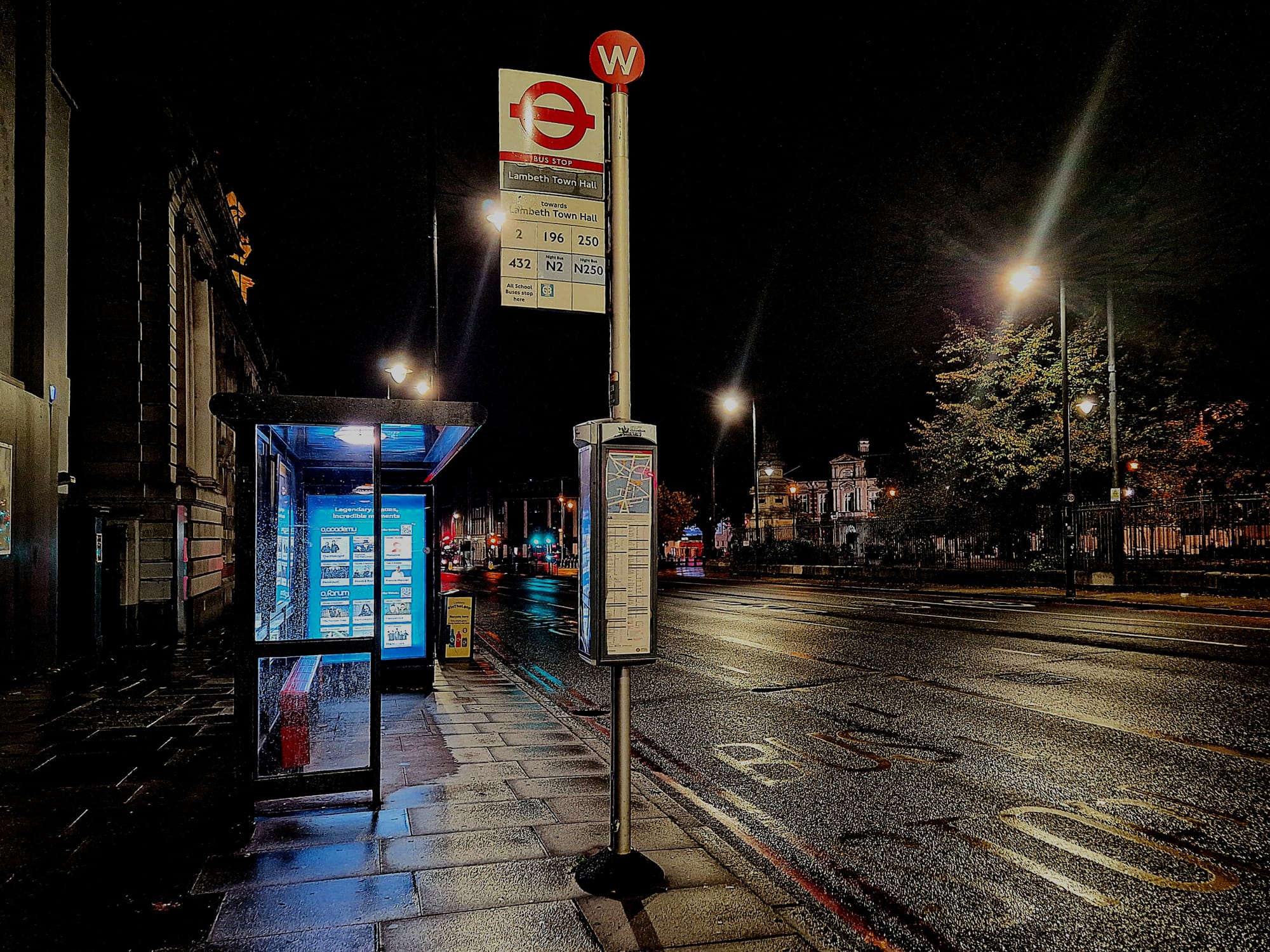
Tonight, he says, a girl sat there for hours, then tried to get him to go home with her. Does that happen often I ask? He grins, and I can smell his cinnamon-flavour nicotine gum. “All the time,” he laughs. “And I say, how can I go home with you, when you’re so drunk?” He tells me he doesn’t want me to take a photo that shows his face; he doesn’t look his best at the end of a long shift.
I’d planned to stay a while longer at Vauxhall bus station, but when a drunk girl in a pink wig screams at me for looking at her, I decide it’s time for me and my glazed eyes to call it a night — or morning — and go home for a few more hours of sleep.
Walking past Oval station, a man approaches on a Lime bike, sees it’s closed and swears under his breath. He prises open the shutters, and ducks inside. He returns a moment later with a copy of yesterday’s Metro, and settles down to wait for the first tube.
If you enjoyed Katharine's piece and want to be sent long-form reads on rarely-seen corners of the city, why not join up as a Londoner member today? This means you'll get weekend long reads like our piece on the strange death of east London's radical bookshop and Monday briefings like our update on our story about the penguins trapped beneath Southbank delivered straight to your inbox.
No ads, no gimmicks: just click the button below and get two high-quality pieces of local journalism each week, all for free.
If you’d like to sponsor editions of The Londoner and reach over 20,000 readers, you can get in touch or visit our advertising page below

Comments
How to comment:
If you are already a member,
click here to sign in
and leave a comment.
If you aren't a member,
sign up here
to be able to leave a comment.
To add your photo, click here to create a profile on Gravatar.

